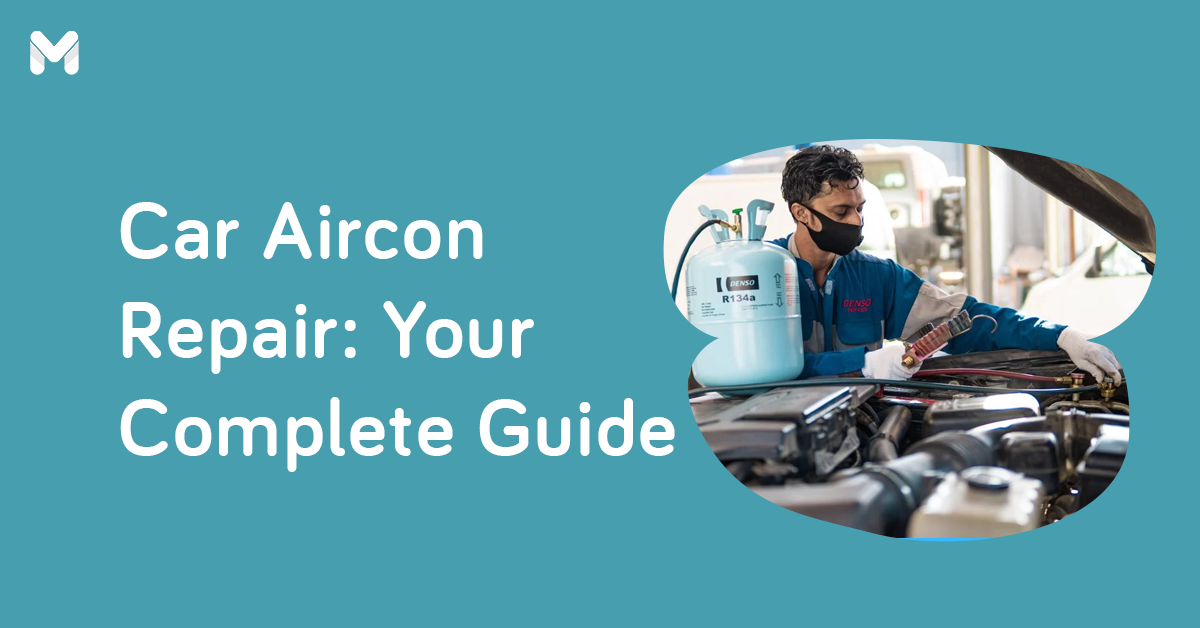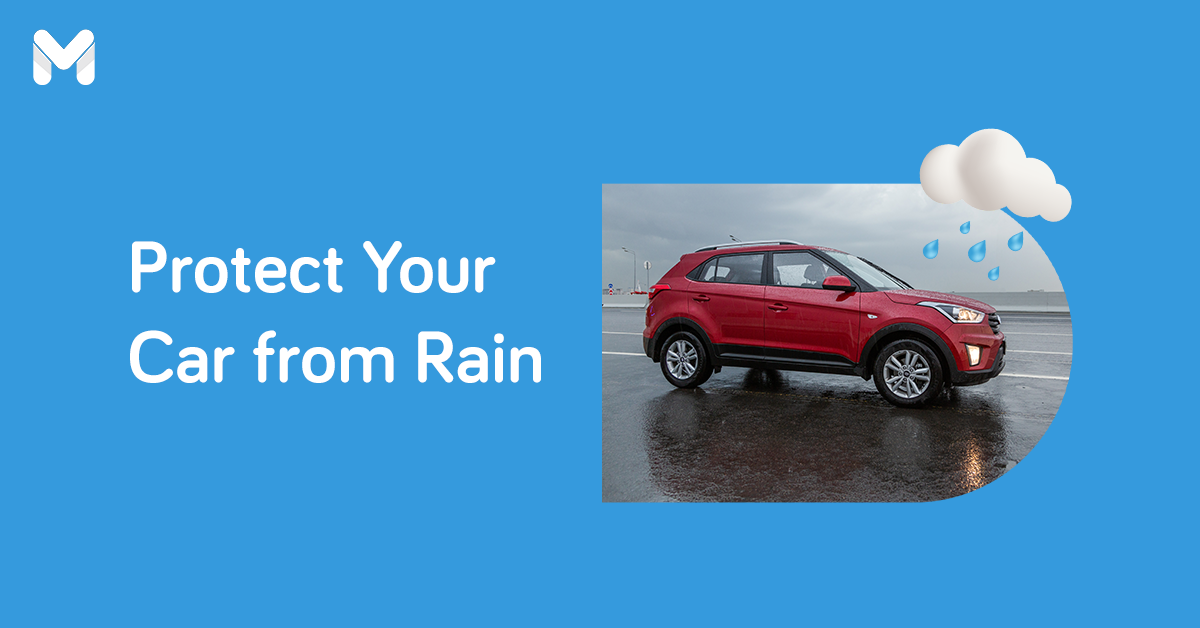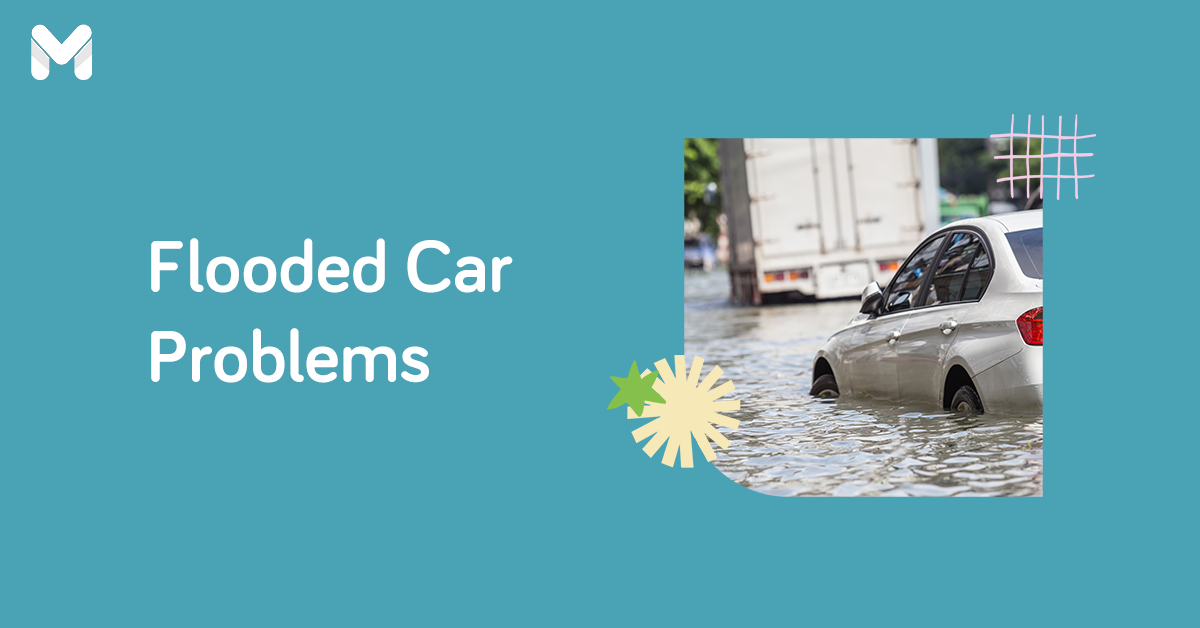Dealing with the occasional headache is an unavoidable reality when you own a vehicle. As a car owner, you’re bound to get your own share of car problems, which you can’t just brush off as they could compromise your safety, comfort, and peace of mind while on the road.
If you don’t have car insurance, fixing these problems can be a big issue finance-wise, as you’ll have to regularly foot the bill for repairs and maintenance. If you know the most common car problems that plague car owners, you can prepare for them and do what’s necessary to prevent or address them right away. Being equipped with the right knowledge and skills can help you avoid hefty repair bills later on.
Here are some of the most prevalent car issues that you’re bound to encounter if you own a vehicle and how to prevent or troubleshoot them.
10 Common Car Problems and How to Prevent Them
1. Faulty Starter
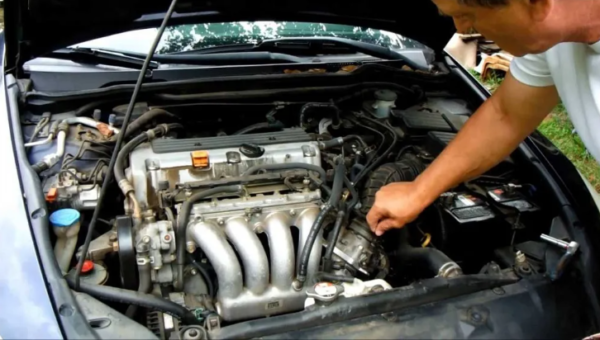
The starter motor is a car component that works together with the battery to crank up the engine when you start your vehicle. A starter is usually built to last a decade or so, depending on the car model and the frequency of use. Occasionally, though, starters can fail due to certain factors.
Causes: When the starter motor fails, it’s usually a result of one of three things: a damaged electrical solenoid, a broken motor, or a faulty electrical system. Starter motor components could also stop working due to wear and tear.
Effects: When the starter motor is damaged, you’ll hear a clicking or rattling sound every time you turn on your car’s ignition. When the starter motor is dead, you won’t be able to start your car at all.
Prevention tips: It’s not always easy to predict and assess when the starter motor[1] is going to break. To prevent any issue, get your vehicle inspected by a professional roughly every 48,000 km. That way, damaged components can be replaced before they cause any trouble.
2. Dead Battery
Together with the alternator, the battery powers the engine to start your vehicle. Batteries aren’t made to last long—you can get them going for three to five years before they give out. A dead battery is a common cause of panic among car owners, although it shouldn’t be if you know your basic automobile troubleshooting.
Causes: You’ll end up draining your car battery when you leave your headlights or other lighting components on for too long even when your car’s not running. Car batteries can also die during hot or cold weather. Another possible cause is natural wear and tear, especially when it’s been a while since you’ve repaired or replaced your car battery.
Effects: Running a car with a faulty or dead battery means your vehicle can stall at any time. Look for warning signs like dimming headlights and a malfunctioning stereo or air conditioner. Also, if you have trouble starting your car in the morning, a dead battery is a likely culprit.
Prevention and repair tips: If your battery is still good, you just need jumper cables and another car battery to help jumpstart it. Or invest in a portable car jump starter for a more convenient fix. It’s a simple and quick solution to get your car running again. But the best way to avoid a dead battery[2] is to replace it every three to six years or before you hit 80,000 km.
3. Damaged Alternator
The alternator keeps your battery charged and enables your vehicle to run. A damaged alternator is one of the common vehicle problems that you're likely to encounter the older your vehicle gets.
Causes: The alternator tends to get damaged over time as the brushes inside start to wear out. A broken alternator is one of the common car problems among old units.
Effects: A faulty alternator can wear out your battery and cause your car to resist any charge. That means you'll have difficulty starting your vehicle. Signs of a failing alternator include an unusual rattling noise coming from the engine and frequent issues with your battery.
Prevention tips: Keep track of how long your alternator has been running. Know when it's time to replace it, so you won't be caught off guard by sudden issues.[3] Occasionally, you can just replace the brushes inside the alternator. But most of the time, it's more ideal to replace the whole thing to ensure maximum performance.
4. Worn Spark Plugs
This automotive problem is inevitable since spark plugs are known to have a limited service life. Past a certain point, spark plugs can wear out until they can no longer supply the spark needed for the engine to produce power.[4]
Causes: Wear and tear are usually the main causes of faulty spark plugs. This problem occurs when you've been using your car a long time without replacing any of the original parts.
Effects: Worn spark plugs can cause your car to run at slower speeds and consume more fuel in the process. Your car also gets more prone to misfires.
Prevention tips: Maintain peak performance by going for a tune-up every six months or replacing your spark plugs every five to 10 months. This will prevent long-term damage to your car electronics as well as ensure high gas mileage.
5. Flat or Worn Tires
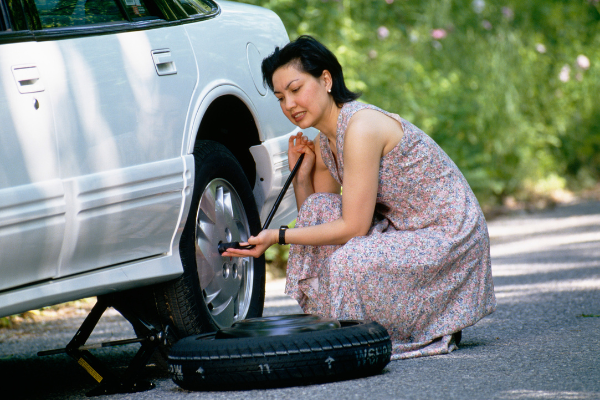
This is one of the more common car problems faced by motorists, so there's no need to panic if you ever come across it. Think on your feet and assess the situation at hand. Knowing the causes of a flat or worn tire brings you a step closer to avoiding or addressing it.
Causes: A flat tire can be caused by manufacturing defects, although it's more common for external factors like punctures to cause this issue. Driving on potholes or running your car over sharp objects can cause your tires to blow out. Normal wear and tear can also cause your tires to lose air pressure after continued use.
Effects: A flat tire will dampen the quality of your ride. You can't fully accelerate your car as you'll feel a sluggish tug that'll cause you to lose momentum easily. A flat tire also makes you susceptible to a car breakdown on the road.
Prevention tips: Follow the manufacturer's tire maintenance instructions to extend the service life of your tires (e.g., changing them every 16,000 to 80,000 km).
Also, check your tires’ air pressure roughly every two to four weeks to make sure your tires aren’t over-inflated or under-inflated. When push comes to shove, it's best to know how to at least change a flat tire. Make sure that you have a spare tire at the ready.

6. Problematic Brakes
Your car’s brake system is vital for obvious safety reasons. Your brakes failing can pose danger to both yourself and other motorists, so it’s good to know the basics about this fault or problem in your car, e.g., what causes it and how to prevent it.
Causes: Worn-out brake pads or brake discs are the most common issues with a faulty braking system. They’re caused mainly by constant friction and factory defects, which can accelerate their decline.
Effects: A problem with your braking system can create squeaking or grinding sounds every time you pull the brakes. A delayed stop is also a good indicator of a braking problem. Don’t wait until you can no longer apply the brakes to start paying attention to this issue.
Prevention and repair tips: Take your car to the mechanic, so they can properly assess the problem. Get new brake pads or replace your brake lines if needed. Also, avoid accident-prone roads in the Philippines when there’s a problem with your braking system. If possible, just bring a mechanic on-site, so you won’t have to drive your car around with faulty brakes.
7. Radiator Leaks
If your air conditioning starts failing, and your car is leaving a trail of coolant on the street and on the driveway, you might have a radiator leak.
Causes: Corrosion is the number one reason behind radiator leaks. Possible causes of corrosion include factory defects, poor maintenance, and coolant contamination.
Effects: Radiator leaks can lead to engine overheating and engine fire, which means you might find yourself stranded on the road and a nuisance to other motorists when this problem hits you while driving.
Prevention tips: As part of your car maintenance routine, check all the connectors of your car to make sure that they’re in place. Replace immediately if there’s any damage. Work out a coolant maintenance schedule by flushing out your coolant and replacing it every two years or every 48,000 km.
8. Fuel Leaks
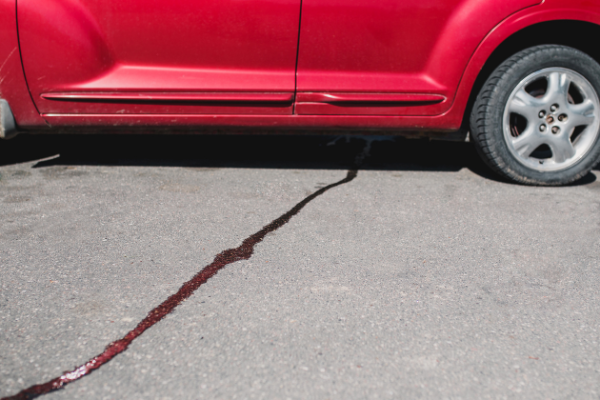
A tell-tale sign that your car has a fuel leak is a cluster of dark stains on your driveway or parking slot. It typically starts off small and then gets uncontrollable. Often, it’s accompanied by a strong smell of gas.
Causes: A hole in the gas tank due to rotting is a primary cause of fuel leaks. Holes in the tank cap and fuel lines can also cause this issue, along with broken fuel injectors and fuel pressure regulators.
Effects: It’s not safe to drive a car with a fuel leak because of the risk of the vehicle catching fire. A fuel leak can also expose you to carbon monoxide, which can be fatal when inhaled in large amounts.
Prevention tips: Fuel leaks are easily remedied if you tune up your car and change your oil filter every three to six months. To check for oil leaks and avoid serious vehicle problems, make sure to wash the engine bay regularly. This way, you can also find out if any other fluids are leaking from your car.
9. Transmission Failures
Your car’s transmission system converts the power generated by the car engine into torque, which is used to create a rotational force for the wheels. This system, which is essentially enclosed in a gearbox, is not resistant to wear and tear and is also susceptible to failure.
Causes: Transmission failures can be caused by many factors. Gears can wear down. Seals, gaskets, and system lines can get clogged or damaged. And water and other liquids can enter the transmission system, damaging the components and leading to transmission failure.
Effects: A faulty transmission system can lead to issues like transmission slips and difficulty in changing gears.
Prevention tips: Mechanical failure in the form of transmission problems is one of the top causes of road accidents in the Philippines. To avoid this, you should let your transmission be serviced every 40,000 to 96,000 km (roughly every two to three years) to pinpoint any potential problem early on and address it before it becomes serious.
10. Poor Emission
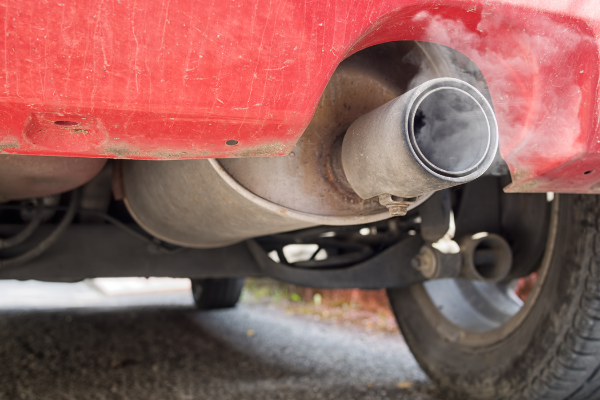
Your vehicle’s emission system functions as a pollution inhibitor, keeping noxious gasses at bay while ensuring that your vehicle runs smoothly.
Causes: The cause of an emission problem can be identified based on the color of the smoke that your car emits. If it's white, the coolant may be leaking. If it's thick and blue, oil may have penetrated the combustion chambers. If it's black, the fuel-air ratio in your engine may be too rich.
Effects: Excessive emissions are detrimental to the environment. Moreover, when they're caused by faulty oxygen sensors, which help identify how much oxygen to add in the fuel mixture, they can cause your car to run less efficiently.
Prevention tips: As soon as you recognize a fault or problem in your car, take it to a professional. Have your exhaust system checked for system issues.
Final Thoughts
Regular car maintenance can solve most, if not all, of your car problems. It all boils down to how much you take care of your vehicle inside and out.
Part of being a responsible car owner is understanding the basics of car repair and maintenance. It’s your duty to study the terms and conditions provided by your car manufacturer and insurance provider.
Likewise, knowing all car repair centers near you can prepare you for any emergency in case you encounter any of the most common car problems listed above.
Compare Car Insurance from Top Providers in the Philippines
Don't let yourself get stranded on the road with a stalled vehicle without an insurance policy. Get your car covered ASAP to protect yourself financially against the unexpected. Check this table and see which provider offers the coverage you need.
| Car Insurance Company | Maximum Total Sum Insured | CTPL Coverage | Own Damage & Theft Coverage | Acts of Nature Coverage | Death / Disablement Coverage |
|
FPG Insurance
|
₱4 million
|
✔️
|
✔️
|
✔️
|
|
|
Malayan Insurance
|
₱7.5 million
|
✔️
|
✔️
|
✔️
|
|
|
The Mercantile Insurance Corporation
|
₱5 million
|
✔️
|
✔️
|
||
|
OONA Insurance (formerly MAPFRE)
 |
₱5 million
|
✔️
|
✔️
|
✔️
|
✔️
|
|
PGA Insurance
 |
₱3 million
|
✔️
|
|||
|
SGI Philippines
|
₱5 million
|
✔️
|
✔️
|
✔️
|
|
|
Standard Insurance
|
₱5 million
|
✔️
|
✔️
|
✔️
|
✔️
|
|
Stronghold Insurance
|
₱3 million
|
✔️
|
Sources:







